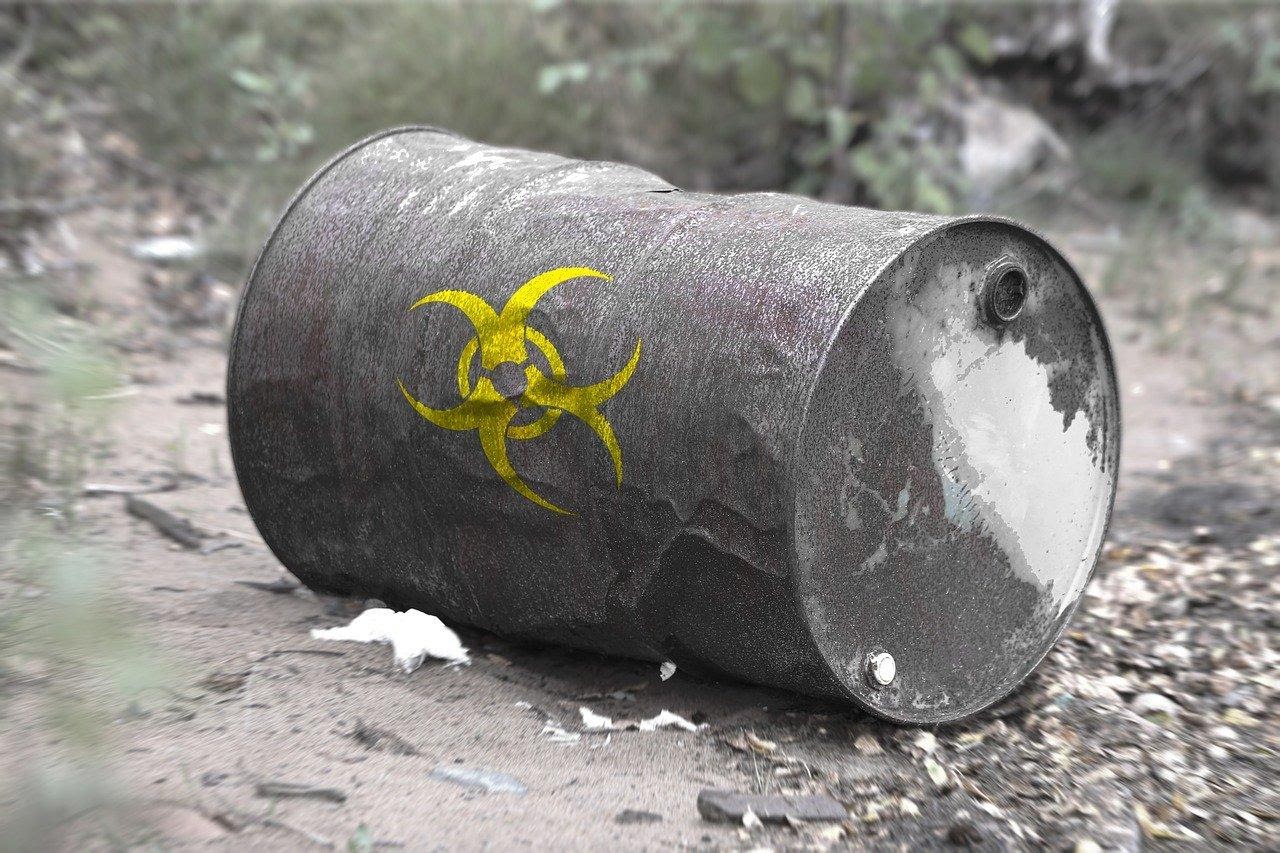

4 TYPES OF INDUSTRIAL POISONING THAT ARE ON THE RISE THIS DECADE!

When it comes to industrial poisoning, the list of harmful chemicals that the factories emit is long and specific. Some regular industrial wastes that pose a risk to people include cyanide, benzene, mercury, lead, and arsenic. These chemicals can cause short-term illness, long-term illness, and even death.
Industrial poisoning is a situation that occurs when someone comes in contact or breathes in toxic waste substance that has been produced by mines, mills, and factories. Industrial by-products are often dumped into the air, and water which might or might not cause health diseases. There are various forms of poisoning; however, the symptoms and the seriousness of the reaction depends on the amount and type of toxic waste product that has gone into your system.
Four Types of Industrial Poisoning:
The toxic chemicals that we mentioned below impact the people who stay near as well as far away from the source of pollution. The substances or pollutants can cause serious health problems like cancer, respiratory issues, development disorders, congenital disabilities, and even death. In addition to that, industrial poisoning also offers an adverse effect on the environment and wildlife. Let us take a look at them.
1. Carbon Tetrachloride:
It is a clear liquid that has a sweet smell. It was manufactured in large quantities for using it as propellants and refrigerants for aerosol cans. Certainly, it's usable as a solvent in resins, waves, rubber, varnish, lacquers, fats, and oil. Moreover, it's also usable as a dry cleaning product and a grain fumigant. Fumigant and consumer uses are not discontinued, while the industrial applications remain.
Oral exposure and acute inhalation of high levels of this chemical can damage your liver and kidneys. It also affects the central nervous system. Symptoms of extreme exposure include vomiting, nausea, lethargy, weakness, and headache. Workers who come in direct contact with this chemical can even suffer from liver cancer as well.
2. Methylene Chloride:
This chemical is commercially produced in vast quantities by direct chlorination of methyl chloride or methane. It is also an essential solvent in degreasing agents, varnish strippers, and paint. It's usable for the production of printed circuit boards, ink, adhesives, pharmaceuticals, synthetic fibers, and photographic films. It works like blowing agents in polyurethane foams as well as a propellant in paints, air fresheners, and insecticides.
Exposure to this toxic chemical can have an adverse effect on the CNS (Central Nervous System) that includes incapacitation, dizziness, and sometimes even death. Methylene chloride leads to lunch cancer, liver cancer, and liver toxicity. To date, the chemical has a link with numerous fatalities. The proposal for its banning took place due to the hazards.
3. 1-Bromopropane:
We can use this colorless liquid as a solvent in dry cleaning and spray adhesives, a degreaser, a lubricant, and a refrigerant. It's usable in foam-cushion manufacturing, and agricultural chemical manufacturing as well. The production of this chemical has increased for the last ten years. It comes into usage as a replacement in place of other more harmful chemicals.
Exposure to low quantities of this liquid can cause loss of consciousness, difficulty walking, muscle twitching, confusion, slurred speech, headache, and dizziness. However, exposure to the high amount for an extended period can cause severe effects that would require hospitalization. It can cause irreversible damage to your central nervous system. It can also cause kidney or liver damage, damage the reproductive organs of the body, as well as weaken the immune system.
4. Pigment Violet 29:
It is used in multiple industries that include industrial carpeting, sporting goods, paper, solar cells, pharmaceuticals, washing agents, inks for packaging and printing, automotive paints, acrylic paints, and watercolors.
Even though there is less health study, preliminary works suggest that it can cause acute toxicity, skin sensitization, skin irritation, and eye irritation. It might also cause developmental and reproductive toxicity.
How to protect yourself:
However, toxic a chemical might be, there are still specific ways to keep yourself safe from exposure to them. The key method is to minimize the exposure level to the chemical. This way, you will be less affected by it. In addition to that, here we provide some tips that you can follow to keep yourself protected.
a. Before you use any product, pay attention to the warning label, and strictly follow the instructions given by the manufacturer.
b. Using proper ventilation would help massively. Fresh air would not only blow out toxic chemicals, but it would also keep you healthy.
c. Wear appropriate clothes while working with chemicals. This would protect you from direct exposure.
d. Make sure that you know the correct quantity of chemicals to use. Using excess or less amount might cause severe complications later.
Wrapping Up:
For the past two decades, the environment has been susceptible to numerous toxic chemicals produced by various industries. Toxic chemicals are present everywhere, which has dramatically affected all the living creatures of Earth. Everyday items used by us in the past, as well as the present, contain harmful chemicals and other materials. These can cause severe damage to our health and even kill us. In this article, we have talked about the top four industrial chemicals and how they are affecting us. We have also provided some preventive measures that you can include for keeping yourself as far as possible in the following decade.
Related blog: Deadly products in your workplace that cause chemical poisoning














